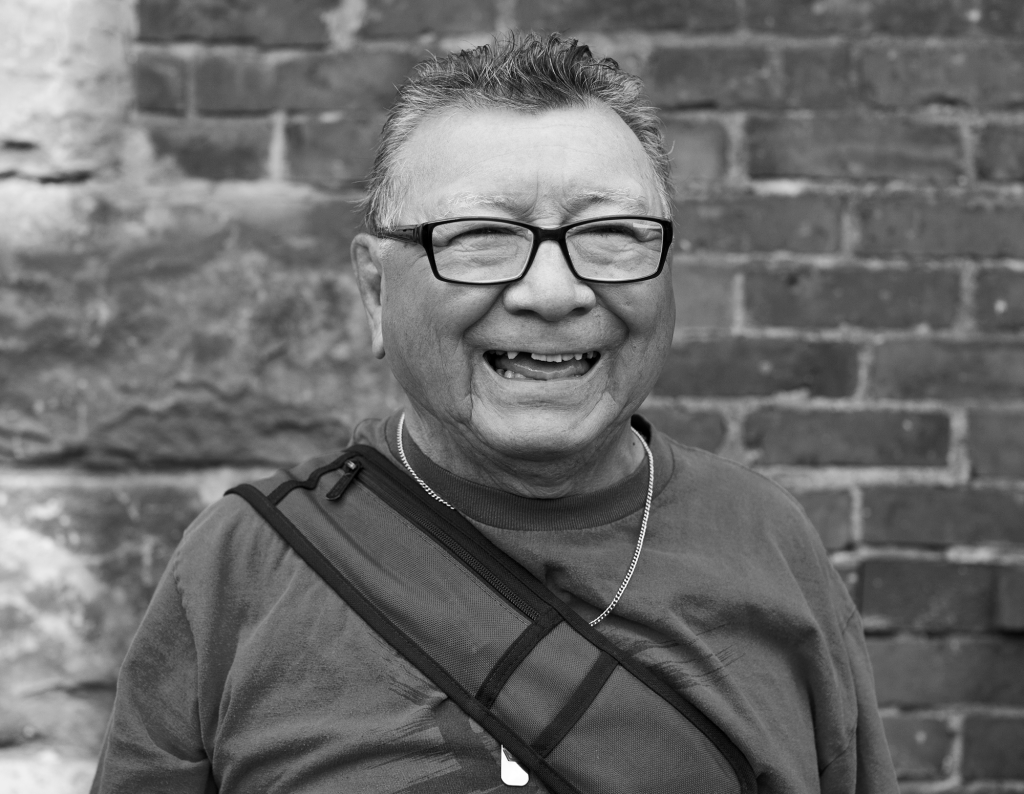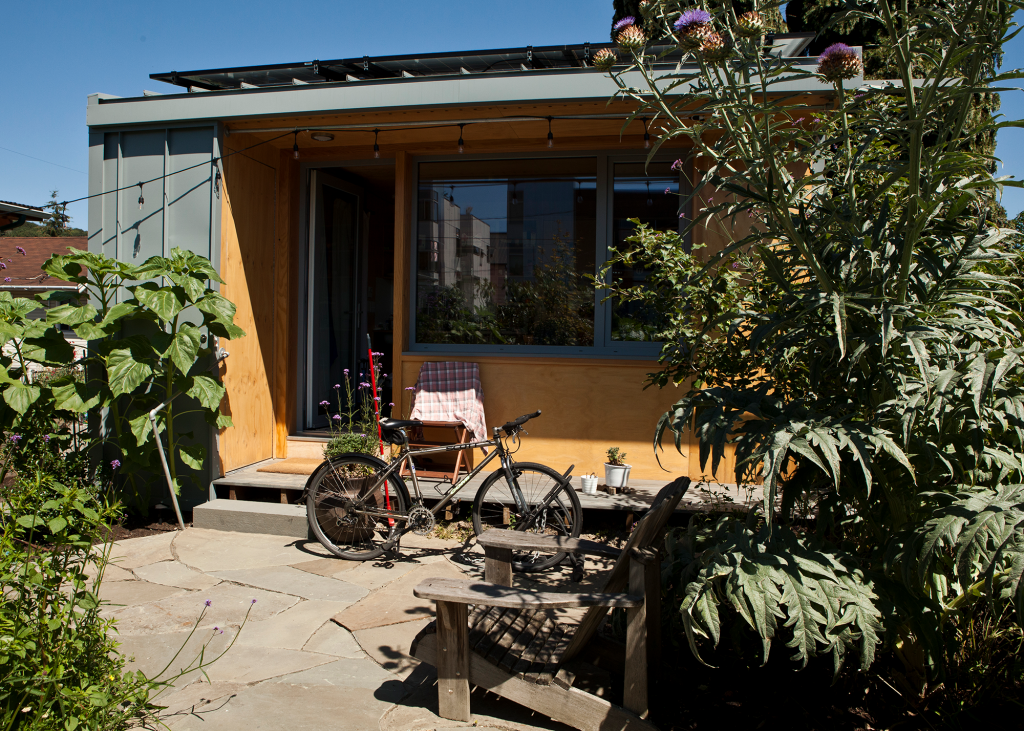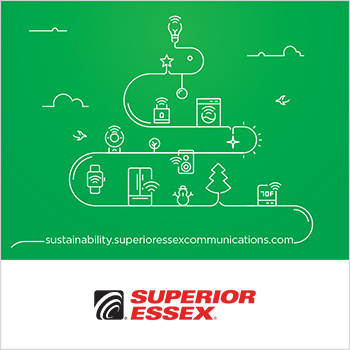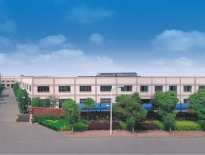A Place to Be: Building Community to End Homelessness with The BLOCK Project
My foot catches on an uneven bit of sidewalk, and I fly head-first towards the pavement. I hang flailing in the air for what seems like an eternity – then land hard on my hands and elbows and knees. Before I can even brush myself off, strangers appear out of nowhere, sincerely concerned, asking if I am ok, offering help and advice.
Empathy and helping are part of being human
It seems that my fall triggers an empathy instinct, and a helping reflex. I am pretty clumsy, and once a year or so I unintentionally test the empathy and helping reflex of those around me with a spectacular public fall. Every time it’s the same: no sooner do I hit the ground than people appear, offering help and kind words.
I’ve felt this reflexive empathy, too – I think many of us do – it’s part of what makes us human. My stomach lurches when I see someone start to step out into traffic. I feel sad when I see people crying, even if I don’t know them. Strangers smiling and laughing often make me smile.
And seeing people living homeless, in tents lining the freeway, huddled under blankets in a doorway, or just out in the open – this brings up a whole host of feelings. I feel sadness for their suffering, shame and disbelief that we allow this to happen, and of course, a strong desire for change. Here in Seattle/King County, where more than 12,000 of my neighbors are experiencing homelessness, I see scores of people living in miserable conditions outdoors on a daily basis. For years I have struggled to find an appropriate response to deal both with the injustice and cruelty of a system that discards vulnerable people, and with my own feelings of sadness and helplessness to effect change. As one ordinary person, the size and depth of the crisis and the needs of my neighbors were overwhelming. What could I contribute?
And yet walking by and doing nothing was not a good option. I felt myself losing a part of my own humanity when I turned away from suffering, or began to accept homelessness as normal.
Enter The BLOCK Project
Against this backdrop of an exploding homelessness crisis and my daily questioning of how to maintain my sanity and humanity in our increasingly Dickensian city, my partner Dan and I learned about The BLOCK Project, a housing and community-building project seeking Living Building Challenge certification. Through The BLOCK Project, Dan and I had the opportunity to share our yard with a person who had experienced homelessness. We would share a small amount of space, and The BLOCK Project would match us with a compatible person in need, build that person a cozy, sustainable home, and make sure they were connected with social services. We would work together to enlist the support of our neighborhood. It seemed as natural as extending a hand to someone who had tripped and fallen, and we immediately wanted to be involved.
We all have something to offer
The BLOCK Project recognizes the humanity and individuality of every person in our community – both housed and unhoused. We all bring different skills and histories. We each have something different to offer, and we all have our own needs and limitations. Dan and I are just regular people – we have no special construction skills or mental health care training, and we don’t know much about available services or how to connect with them. We also don’t have a lot of free time. What we do have is space in our backyard, and a willingness to be good neighbors.
Through The BLOCK Project, we’ve met hundreds of volunteers, future BLOCK hosts and residents, and supporters of the project. They are amazing people. These folks, like us, are looking for a way to act on their empathy, to connect with our neighbors, to build community, and to positively impact the growing crisis of homelessness. Everyone has contributed what they are able. Engineers, including Herrera, SSF Engineers, and FSi consulting engineers, provided pro bono design of the sustainable building systems, including off-grid power and water systems. Contractors built the house, with extensive help from community volunteers. Children made welcoming signs, and our neighbors arranged a care package with move-in essentials. A landscape architect created a peaceful, private oasis in our backyard, with the help of landscaping professionals, community volunteers, and plants donated by local nurseries.
The BLOCK Project also connected us with Robert, a 76-year-old man who had been living in emergency shelters and on the streets for a decade. We hit it off with Robert the moment we met him. As introverts, we appreciate his gregariousness, and love his sense of humor. We found we had shared interests in music and gardening.

Robert now lives in a beautiful, dignified, 125sf BLOCK Home in our backyard. Like all BLOCK residents, Robert has a caseworker connecting him with social services.
Getting to know Robert has been incredibly rewarding. He is wise, funny, and always looking for ways to bring happiness to other people’s lives. He shares what he can. He brings an extra pair of clean socks wherever he goes, offering them to people in need. He shares food, advice, and a listening ear whenever he has an opportunity. Hearing Robert’s stories about his life, which has been so different from ours, and having the opportunity to see the world from his perspective has made our world bigger, and enriched our lives.
A holistic solution that gives more than it takes
The holistic nature of The BLOCK Project was a major part of its appeal for Dan and me, and it accounts for a great deal of the joy we experienced having Robert as a neighbor. The BLOCK Project sees homelessness as a community crisis: healthy communities do not allow their members to be homeless. This means a community solution and community healing are needed if we want to end homelessness and the trauma it creates.
This holistic approach also makes BLOCK Homes a perfect match for the Living Building Challenge (LBC); they epitomize the ILFI principle of “giving more than they take, creating a positive impact on the human and natural systems that interact with them.”
BLOCK Homes do more than just provide shelter. They provide an opportunity for relationships and healing at the individual level, within the communities on a city block and in a neighborhood, and throughout the city. The BLOCK Project also intends to serve as a model for other cities across the country. In fact, Robert has proudly hosted visitors in his home from Seattle, King County, Washington State, and federal agencies, as well as public officials from Los Angeles, San Jose, and the Lummi Nation. On an even larger scale, BLOCK Homes have been designed to provide a model for sustainable living, in harmony with the neighborhood and the ecosystem.
The project gives back in ways that align well with the seven petals of the LBC.
Beauty
Robert’s home is beautiful in its design, choice of materials and its simplicity. The clean aesthetic has proven to be a perfect canvas for Robert to express his own sense of style. He is proud of his home, and eagerly welcomes visitors. Robert uses the open shelving to display objects of sentimental value, including housewarming cards and gifts, and a stuffed turtle he calls his watchdog, given to him by a child when he was living on the street. He also uses the shelves to show off the many pairs of socks he now has. Having several spare pairs of socks was an unimaginable luxury for the many years he was homeless, when all of his possessions fit into a single backpack.
Energy
Like most poor people, Robert has a very small carbon footprint. He does not drive or fly. Most of his clothes and other possessions are second hand. He rarely wastes food, instead distributing what he cannot eat to others in need. So it seems only fitting that he should live in a home as efficient as his lifestyle.
BLOCK Homes are designed for net-zero or net-positive energy performance, with a rooftop solar array, and highly efficient envelope, heating, and appliances. The company I work for, FSi consulting engineers, did energy modeling and mechanical design, determining an energy budget for the home, and identifying systems that are both energy- and cost-efficient. The design uses passive design strategies, including south-facing windows protected by an overhang, to capture solar heat and natural light, while reducing summer solar gain. Robert often reports to us that his house stays warm even when he doesn’t have the heat on.
Health & Happiness
While just having shelter can be a matter of life or death for a person living on the street, The BLOCK Project goes a step further, supporting both physical and emotional health. Robert’s home is a place of healing, for him, for us, and for our community.
The process of building his home brought together hundreds of volunteers from all walks of life. It felt like a barn raising – a community coming together to accomplish an important task too big for any one of us. I was heartened by both the number of volunteers who came to help, and their commitment. A skilled carpenter from Molior Construction, for example, spent a summer of weekends pouring love, expertise, and amazing craftsmanship into the house. Other volunteers came forward for a day or more. The owner of Oliver and Blue general construction committed to providing ongoing routine maintenance for the house, pro bono, indefinitely.
Allworth Design worked with Dan, Robert, and me to redesign our backyard to create more space for vegetable gardening (an interest Robert and I share), and to create a sanctuary for the three of us to share space, and to also have privacy. Gardenstone Masonry, a local stone masonry contractor, sent a crew out daily for more than two weeks. They built a stone path and installed a stair to give Robert a safe and welcoming entry to his home. The landscaping is amazing. Robert looks out his window to his own patio, where he is visited daily by squirrels, a bunny, song birds, and hummingbirds.
Robert made signs for the yard – one sits in his window, and the other is posted on the side of his house – in honor of the many volunteers who helped create his home. The signs read, “This is the Garden of Love.”
Equity
BLOCK Homes are intentionally compact and scaled to be compatible with existing single family neighborhoods. With their small footprint and height well below code allowances, they do not block adjacent properties’ views or sunlight.
The BLOCK Project promotes cross-class integration without displacement, a rarity in historically segregated and rapidly gentrifying Seattle. In Seattle, expensive developments and affluent people are increasingly moving into neighborhoods that were once affordable. With the BLOCK Project, the opposite happens: people who have been marginalized are welcomed into single-family neighborhoods, where resources and green spaces are more abundant.
BLOCK Homes enhance neighborhoods by bringing people together, and with thoughtful siting, design, and community input. In contrast to other developments, neighbors on the block must approve the project, and their involvement is encouraged.
Materials
The warmth of the wood, the integrity of the metal siding, the stone walkway — the materials convey message of the project. This is a durable, well-crafted home that welcomes the resident and complements the fabric of the neighborhood. BLOCK Homes are constructed of non-toxic, renewable, sustainably and regionally sourced materials for a healthy environment both inside the home and in the ecosystem around it.
The BLOCK Project goes beyond basic shelter from the elements, to recognition of each resident’s humanity. This shows in quality of the materials and construction of the home. It is a home to be proud of. And Robert takes great pride in keeping his house clean and well maintained, and hosting visitors – from neighbors to journalists to prospective host families to senators.
People experiencing homelessness are far more likely to develop chronic illnesses than their housed neighbors, and have significantly shorter life expectancies. Materials that are healthy for the planet also create a healthy built environment – which is critical for people healing from the physical and emotional trauma of homelessness.
As Robert’s neighbors and friends, it also matters to us that his house is cozy, beautiful, and healthy – it feels like a real home. Its quality and permanence amplify our message that we want him to stay as long as he is happy and comfortable here. As an added bonus, the metal siding also acts like a giant magnetic memo board, where we can post notes back and forth.
Place
Robert doesn’t own a car, but that’s okay because he is a wizard with the bus system, making a trip downtown almost daily. When he comes home, he steps off the sidewalk and travels down a stone pathway alongside our house. Turning the corner into the backyard his little home sits amongst the apple trees and larger than life sunflowers. It feels safe and private, qualities we often take for granted, but that people living on the streets rarely experience.
We have spent hours laughing and smiling with Robert as we plant, pick vegetables, and watched songbirds eat seeds in our shared garden. Potatoes, cucumbers and tomatoes, and apples were all a success this year, and after Robert shared that serviceberries were a favorite of his childhood, we planted some. It feels good knowing that as a diabetic, Robert now has access to fresh vegetables and fruit, something not always available when living homeless.
Being integrated into a neighborhood also provides a compact, connected community, able to lean on each other in times of need. Neighbors have brought over dinners for Robert and he invites them in for tea and stories. From these small interactions alone, it is clear that integrating our less fortunate, instead of continually seeing them as ‘the other’, not only allows that person to heal, but that we in turn also grow.
Water
We are lucky to have excellent water quality in the Pacific Northwest, and at times may take it for granted. While Robert’s home is connected to sewer and water, The BLOCK Project’s goal for future homes is to use rainwater catchment as sole source potable water. Coming closer to our valuable resources teaches us so much, and if the BLOCK Home can become a little learning center for everyone on the block, it could change how people use their own resources.
For cases like Robert’s, where the home is connected to water and sewer, The BLOCK Project hopes to implement a “handprinting” program, asking neighbors to use a smaller amount of water. This could offset the BLOCK Home usage, while also educating the block. Even Dan and I have found ourselves taking quicker showers after learning about water conservation through The BLOCK Project.

A place to be
Tonight it’s cold and very wet in Seattle. Robert just sent a message to let us know he stayed in today. He’s nursing a cold, and is happy to be warm and dry at home. He says he’s listening to music and enjoying soup we made from beans and potatoes grown in our garden. After more than a year in his house, being able to stay inside and warm when he’s sick is still a novelty, a luxury worth mentioning.
I am reminded, as I often am when talking to Robert, of daily comforts I take for granted: a roof over my head, dry socks, drinking hot tea when I’m sick. I am reminded of the importance of having a place to be warm and dry, to relax, to be comfortable – a place just to be.
Shouldn’t this be harder?
When Dan and I signed up to be hosts with The BLOCK Project, we fully expected challenges. We were prepared for awkwardness and inconvenience. As introverts, we knew we would be giving up some space and privacy, and we would be pushed a bit outside our comfort zone. We could accept all of that. Our comfort had become less comfortable as we watched so much suffering unfolding on the streets around us. We were ready to sacrifice.
So now, looking back over the past year, I am struck by how easy it has been to have Robert as a neighbor. There was no real sacrifice, and it almost immediately felt normal and natural. Robert’s a big part of that, of course. He is a very considerate neighbor, and we feel lucky and honored to know him. And The BLOCK Project’s amazing anticipation and coordination of every detail from punch list items to social services made for a smooth process and adjustment.
I believe that sharing our backyard with Robert also feels natural because it is natural. The BLOCK Project enabled us to act on our natural empathy instinct — the same instinct that’s triggered in strangers when I trip and fall. The sacrifice lies in giving up our empathy and turning away from suffering; that sacrifices our humanity. Sharing a little space and opening our hearts to a new neighbor — that has made our world bigger and our lives richer.
[Editor’s note: Seattle-area visitors and residents can visit a model BLOCK home at the Block by BLOCK exhibit at the Pacific Science Center through March, 2019.]



